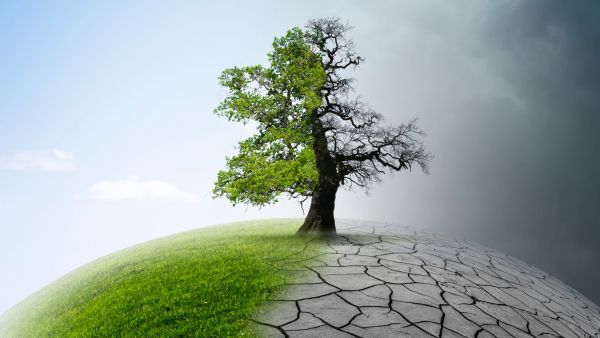Forests are the lungs of Europe, covering 42% of the EU land surface, and they can play a crucial role in fighting climate change. This is why today the European Parliament voted on a report to include greenhouse gas emissions and removals from land use, land use change and forestry (LULUCF) in the 2030 climate and energy framework*.
The report defines rules for the accounting of emissions and removals for different categories of land, in order to keep and increase the amount of carbon stored within the land, the forests themselves as well as harvested wood products.
Socialists and Democrats have a strong commitment to deliver on the promises made in Paris at the COP 21 UN summit against climate change. They want the EU to lead by example, and all sectors must contribute to the overall EU emissions-reduction target. They pushed for a credible and science-based accounting model to measure forest climate-emission mitigation, not allowing countries to hide the impacts of policies that aspire to increase emissions, such as significantly increasing national harvest not linked to the natural forest dynamics. However, a less ambitious compromise was finally adopted due to the narrow-minded approach of the conservative members of the Parliament.
Paul Brannen MEP, who is responsible for this file in the S&D Group, said:
“Climate change is a major challenge facing Europe and the wider world. Forests and the increased use of wood in everyday products can help to offset dangerous emissions by storing carbon.
“The proposal before the Parliament would have provided a framework to measure the amount of carbon stored within forests. It did not introduce restrictions on cutting down forests to harvest the wood, which is a standard part of the forestry industry, merely a measurement framework. It is for that reason that it is disappointing that a stronger position wasn’t adopted by the European Parliament. A stronger position would have kept the word ‘intensity’ which in turn would have given the accounting methodology teeth.”
Miriam Dalli MEP, who is the S&D spokesperson on environment, said:
"Today, the European Parliament and the EU had the opportunity to seize global leadership on forests and climate. We are fully aware of the important role that forests, land and ecosystems have to enable us to reach our Paris Agreement targets.
“The S&Ds worked hard for a robust, transparent and scientifically-based accounting system for forestry emissions rather than one which will have the potential to hide emissions from increased forest cutting. The parliament missed out on the opportunity to provide a strong parliamentary position on LULUCF that can give proof of our climate commitment and ensures the capacity of our forests to store carbon."
* Note to the editors
This legislative proposal is part of the climate package presented by the Commission on 20 July 2016. It proposes to integrate greenhouse gas (GHG) emissions and removals from land use, land use-change and forestry (LULUCF) into the 2030 climate and energy framework, as of 2021.
LULUCF is a category within the United Nations Framework Convention on Climate Change (UNFCCC) accounting framework for GHG emissions. Both emissions (e.g. from deforestation or agriculture) and removals (CO2 capture by vegetation and soils) are accounted for under this category. Currently, the EU and its member states have to account for the LULUCF sector under the Kyoto protocol, which places constraints on the EU and each of its member states to ensure that the LULUCF sector does not yield extra emissions. However, the Kyoto Protocol will expire at the end of 2020.
Related content
Find out more








